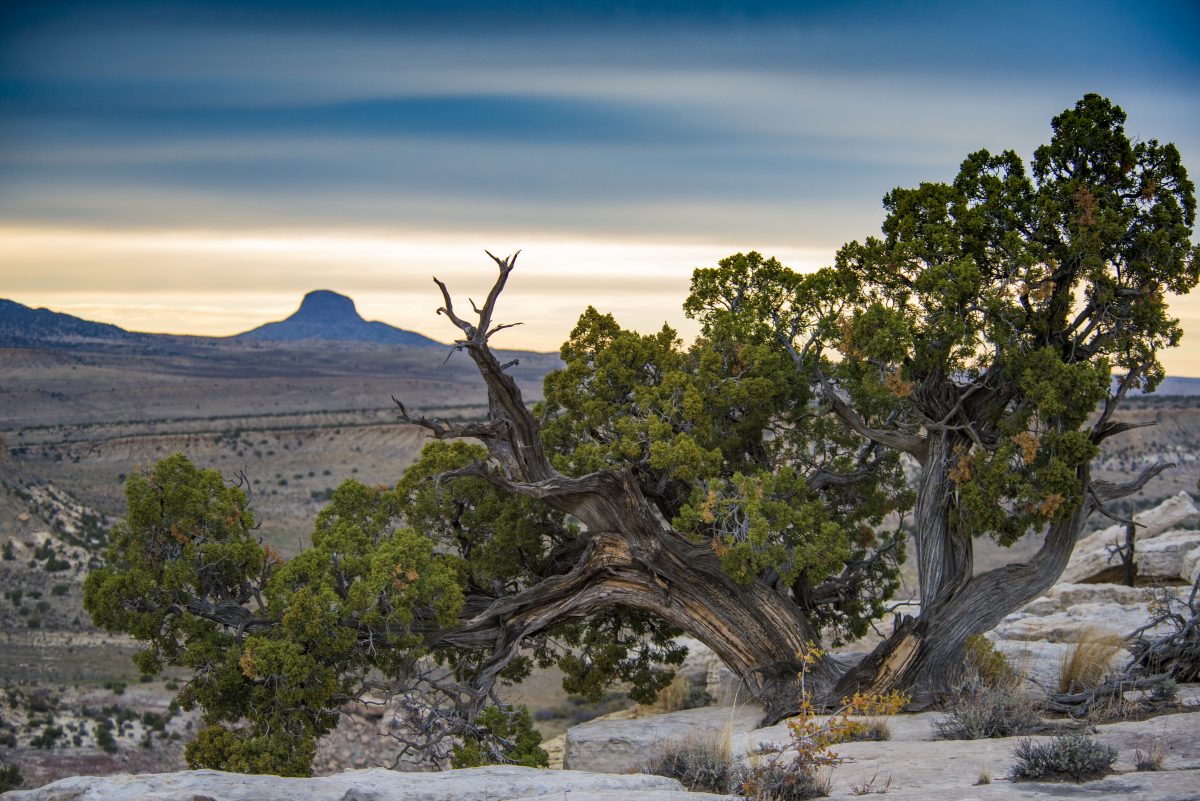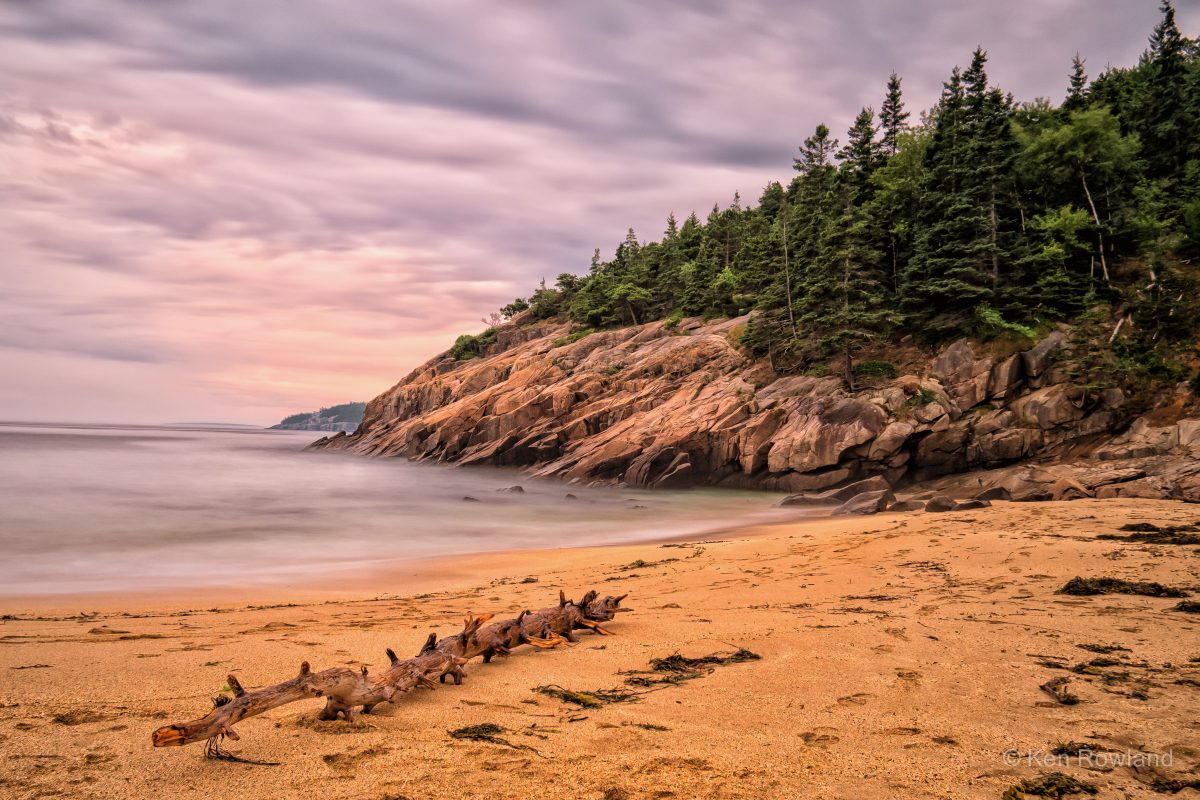Every 30 seconds, the continental United States loses approximately a football field worth of natural area to human development, according to an August 2019 report from the Center for American Progress (CAP), the most comprehensive report of its kind ever conducted in the U.S.
Titled “How Much Nature Should America Keep?,” the report notes that from 2001 to 2017, the human footprint in the Lower 48 states grew by more than 24 million acres. The South and Midwest experienced the most precipitous loss of natural areas during this period. “The footprints of cities, farms, roads, power plants, and other human development in these two regions grew to cover 47 percent and 59 percent of all land area, respectively,” the authors write. North Dakota and Oklahoma experienced the most significant losses.
Should this trend continue, the researchers note, “a South Dakota-sized expanse of forests, wetlands, and wild places” in the U.S. will disappear by 2050. These natural areas are critical for not just the survival of wild flora and fauna but humans as well, as they provide habitat, aid in the reduction of carbon emissions and help ensure our own well-being.
To address this loss of natural areas and thus biodiversity, scientists have recommended measures from reducing pollution to combating invasive species. However, the most impactful approach to ensuring the health and sustainability of nature, they note, is to simply protect more of it in its natural state. According to some ecologists and other scientists, doing so is necessary if we are to protect wildlife habitat, reduce extinctions and safeguard water, food supplies and clean air as well as prevent rising global temperatures and the future effects of climate change.
On a positive note, these threats have helped spark a renewed focus on restoring and preserving nature.
One movement, sometimes referred to as 30X30, is advocating for the preservation of 30 percent of the Earth’s natural areas by 2030, with the long-term goal of protecting 50 percent of such landscapes by 2050.
“The benefits of protecting 50 percent of nature … are tremendous,” Eric Dinerstein, director of biodiversity and wildlife solutions at the nonprofit organization RESOLVE, told National Geographic. Dinerstein is the lead author of a new paper published in Science Advances titled “A Global Deal For Nature: Guiding principles, milestones, and targets.” He claims the report is the first science-based, action-oriented plan for achieving such objectives.
In the paper, Dinerstein and his co-authors lay out how, at present, the 30X30 goal can be achieved in 67 percent of the Earth’s terrestrial ecoregions. In order to fully meet the goal, however, other areas would require some restoration. Not all of these places would be closed to the public, he notes, rather they would be protected from resource extraction and land conversion; all but the most sensitive of these areas would be open for sustainable uses.

This “Half Earth” prescription, as it has come to be known, is also espoused by ecologist Edward O. Wilson, who has argued that it is “the only way to save upward of 90 percent of the rest of life.”
At present, 60 percent of the lands in the Lower 48 are largely in their natural condition or could conceivably be restored to their natural form, according to the CAP report. “The United States ranks as one of the top five countries in the world for the total amount of wilderness-quality land that remains,” the researchers note.
Yet only 12 percent of the country’s land area has been set aside as national or state parks, wilderness or conservation areas, national wildlife refuges or other protected areas, according to a 2018 CAP report. Additionally, just 26 percent of the U.S. ocean territory is safeguarded from “the most intense extractive uses such as drilling for oil and gas,” the report reads.
Notably, though, public support for protecting more lands and waters is high in the U.S. A 2019 survey of 1,200 American voters, commissioned by CAP and conducted by Hart Research Associates, indicates that “86 percent of voters support — and 54 percent strongly support — setting a national goal of protecting 30 percent of America’s lands and ocean areas by 2030.” Approximately three-quarters of respondents said they believe that such a goal is realistic, and 67 percent said they believe the U.S. could ultimately achieve the 50 percent objective as well.
But such protections would come at a cost.
According to Dinerstein’s “Global Deal for Nature,” taking the steps necessary to protect half of the Earth by 2050 could cost an estimated $100 billion per year. The availability of funds, however, isn’t a question, argues National Geographic Explorer-in-Residence Enric Sala; it’s whether people recognize the need.
He cites the U.S. Federal Reserve’s 2009 bailout, which, according to one study, amounted to $29 trillion, as an example. That amount, Sala says, could fund 290 years of conservation efforts to help protect half the Earth. Conversely, the economic benefits that would come from such an investment in nature, he argues, would be in the trillions of dollars.





